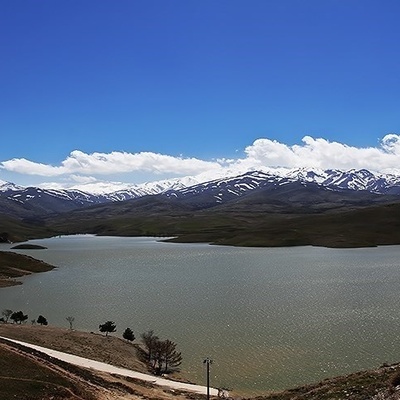SAEDNEWS: Iran’s hard‑line daily Kayhan has drawn an unexpected parallel between Foreign Minister Mohammad Javad Zarif and former British Prime Minister Neville Chamberlain, likening Tehran’s diplomatic chief to the architect of 1938’s Munich Agreement.

According to Saed News, Kayhan newspaper asserted on Thursday that Mohammad Javad Zarif bears a striking resemblance to Neville Chamberlain, who led Britain from 1937 to 1940. The comparison centers on Chamberlain’s policy of appeasement toward Adolf Hitler—most notably the Munich Agreement of 1938—which he famously touted as “peace for our time.” Yet Hitler’s subsequent demands obliterated any gains for the British public, and Chamberlain’s reputation collapsed under the weight of ensuing war.
In its editorial, Kayhan argued that, despite vast differences in historical and cultural context, Zarif similarly signed international accords with what the paper described as “over‑confidence and trust,” only to leave ordinary Iranians facing unrelenting pressure and unmet promises. The newspaper contends that Tehran’s chief diplomat negotiated in good faith, yet the outcomes have fallen short of easing sanctions or delivering tangible relief to the populace.

Critics of the analogy caution that equating the 21st‑century Iranian nuclear negotiations with pre‑World War II European diplomacy risks oversimplification. They note fundamental distinctions in geopolitical dynamics, the nature of the adversary, and the mechanisms of international law today. Supporters of Zarif, meanwhile, maintain that his efforts helped secure the 2015 nuclear deal, which they say brought measurable economic reprieve before the United States’ withdrawal in 2018.
As the debate unfolds, voices across Iran’s political spectrum have weighed in. Hard‑liners see the comparison as vindication of their skepticism toward engagement with the West, while moderates argue it undercuts the very prospects for dialogue Zarif has championed. With tensions once again mounting over Tehran’s nuclear ambitions, the Chamberlain analogy has intensified scrutiny of Iran’s diplomatic strategy and its architects’ legacies.

